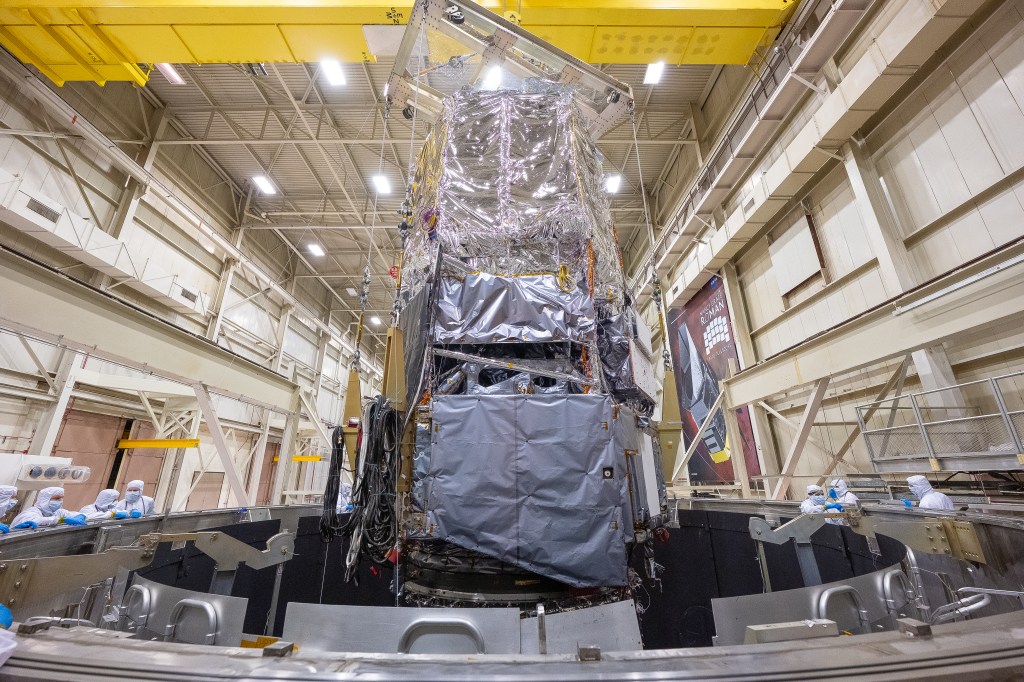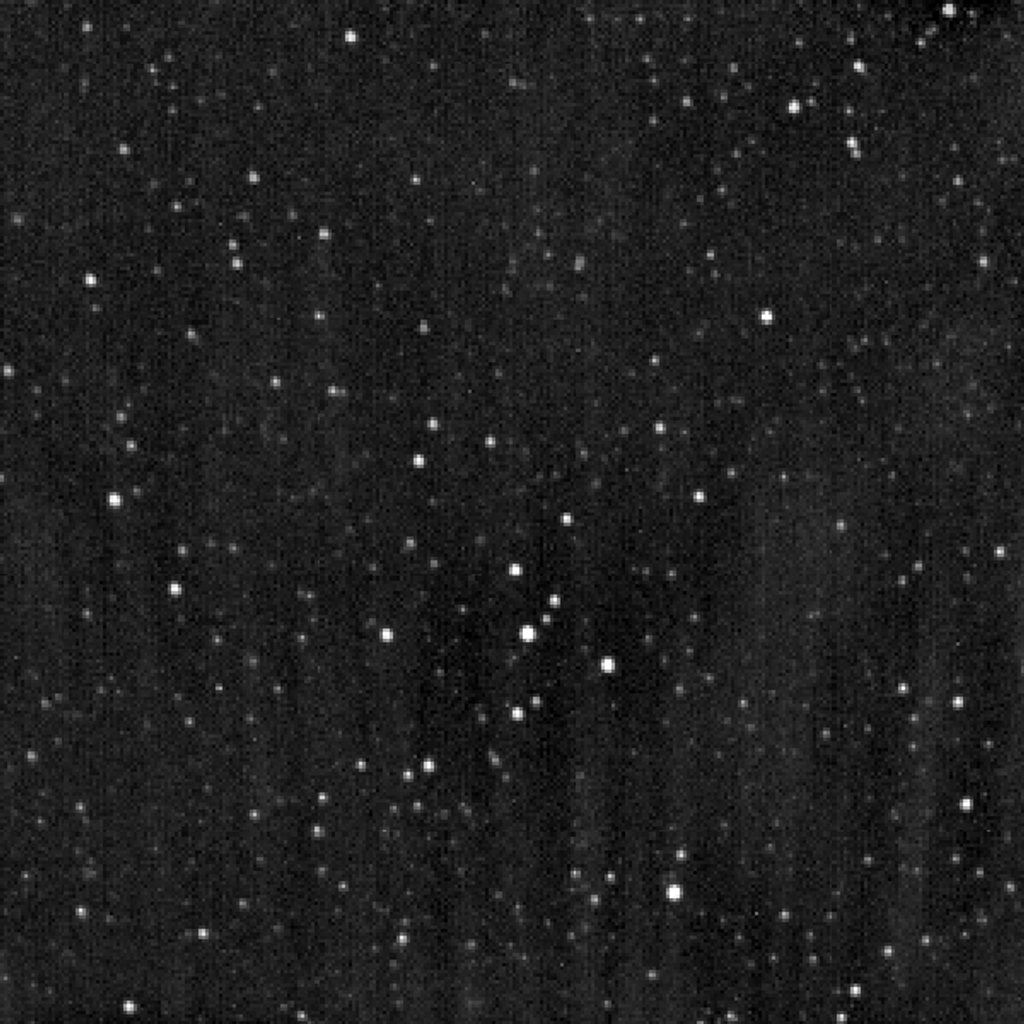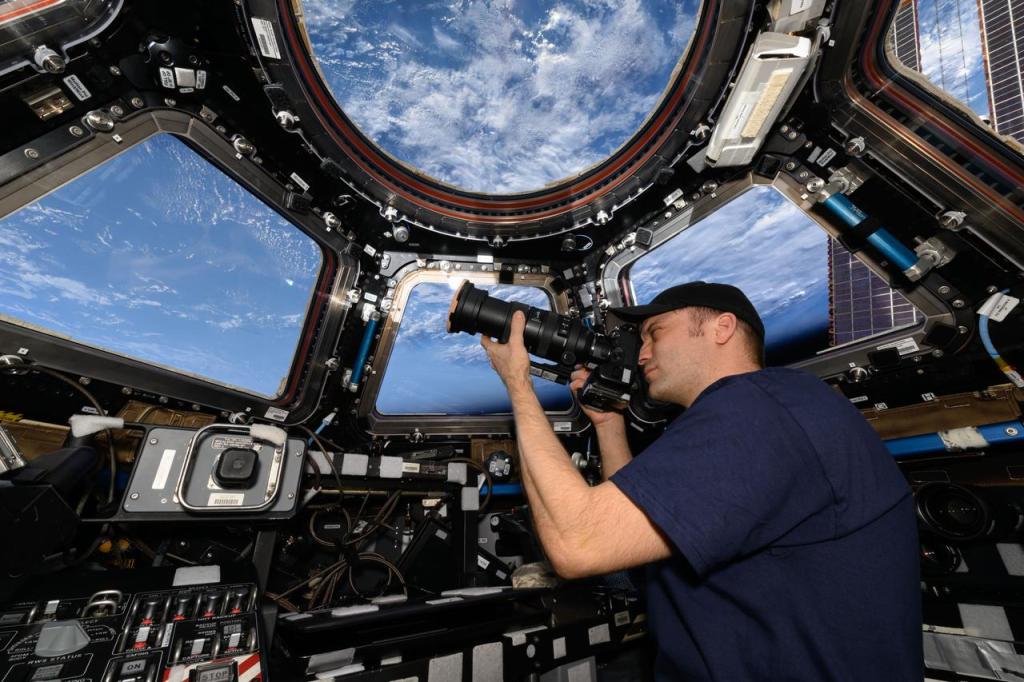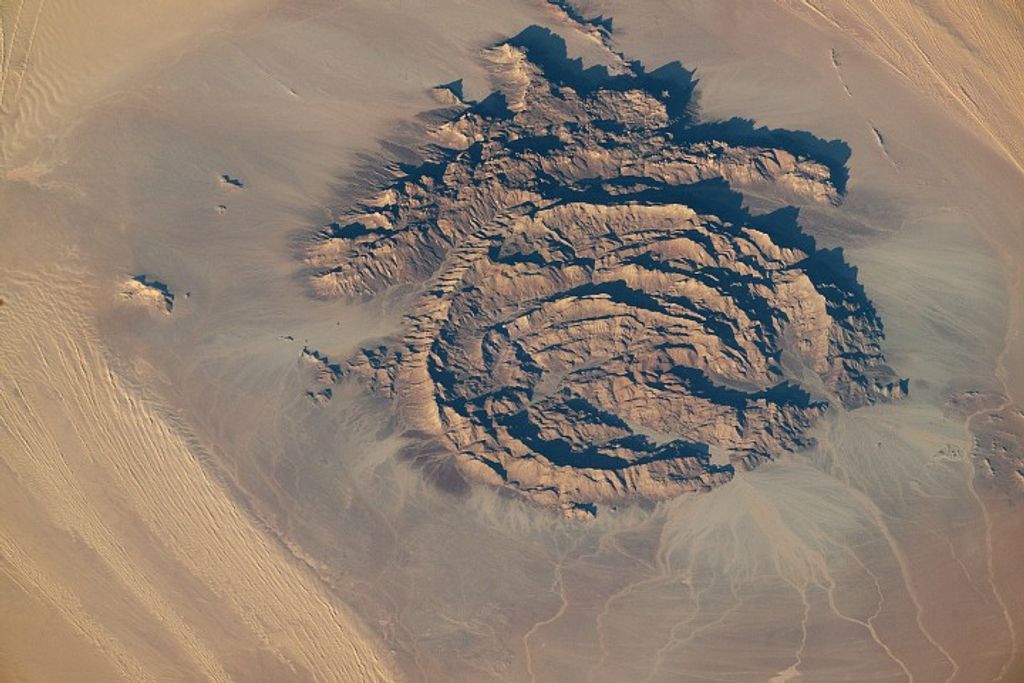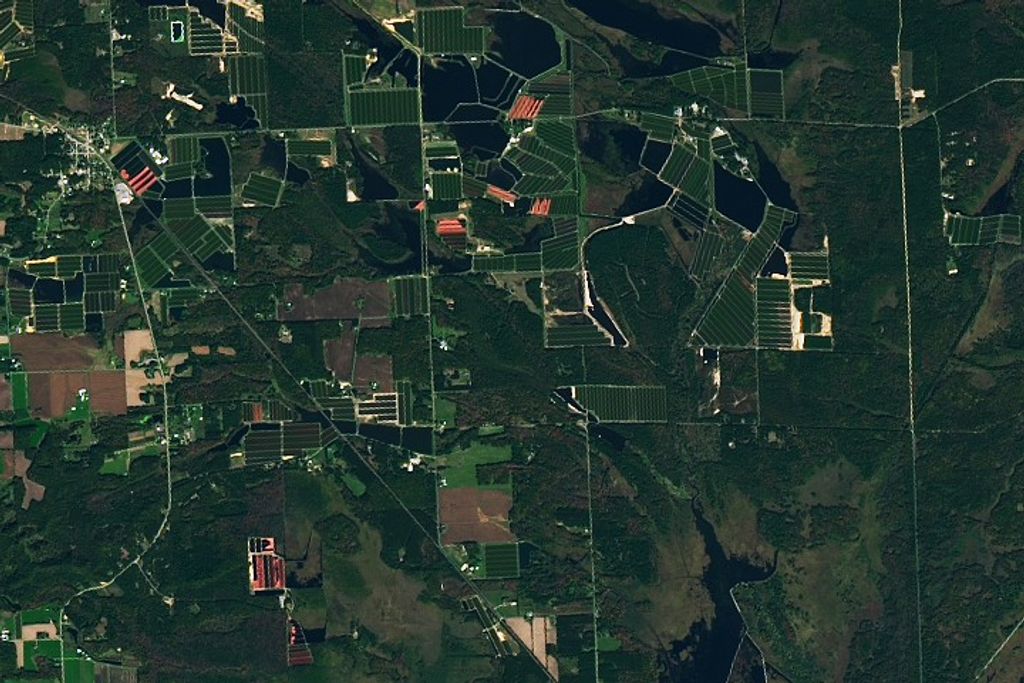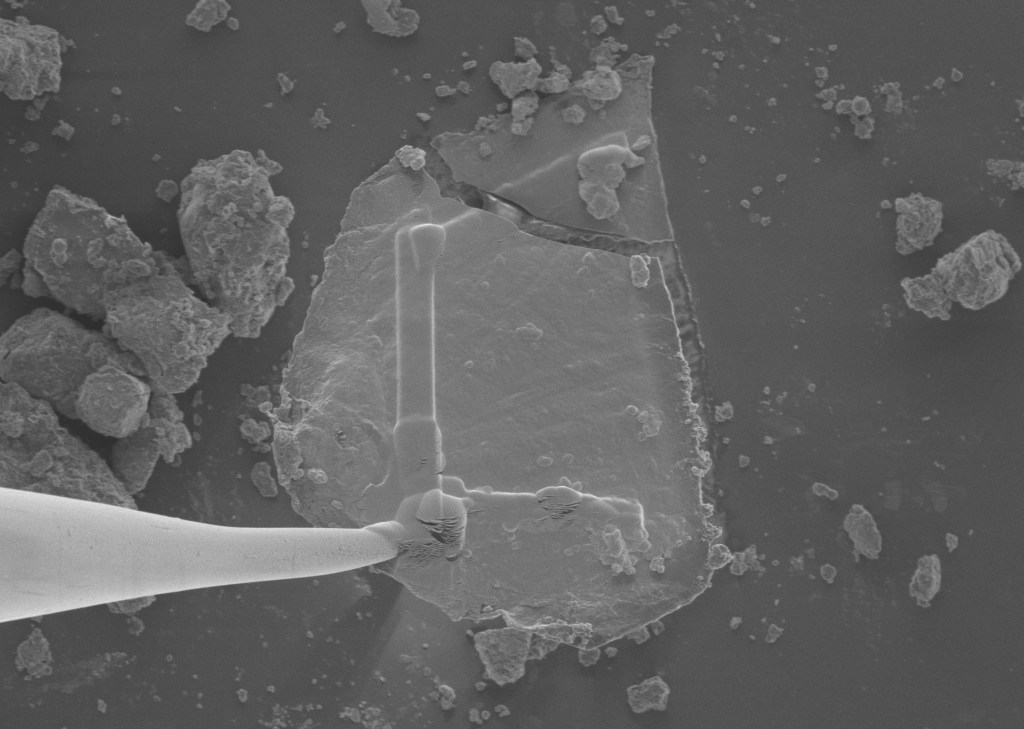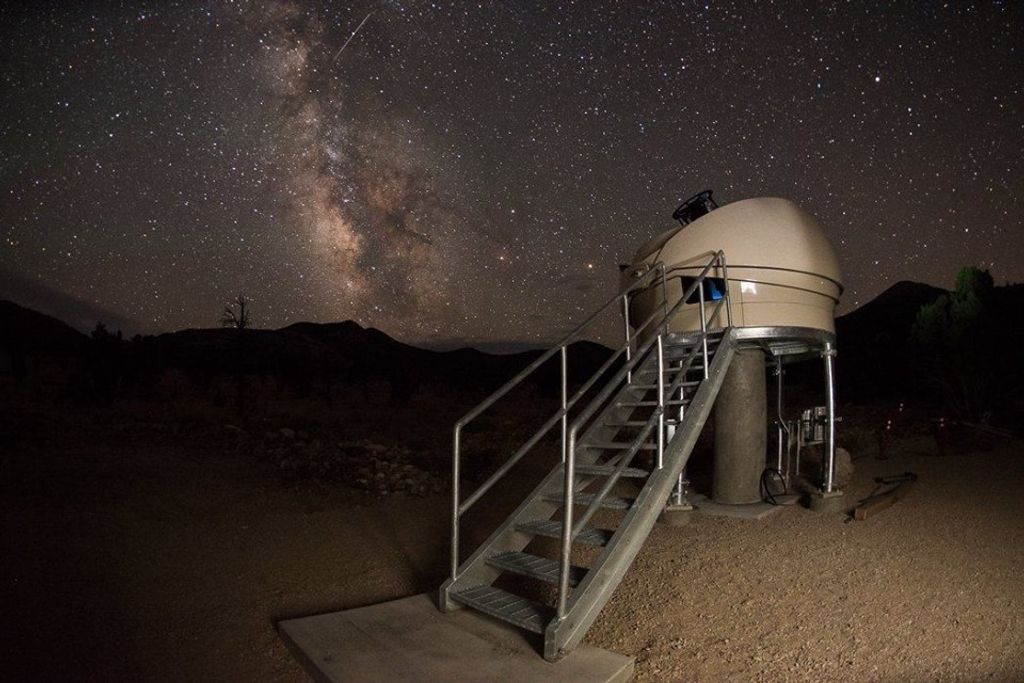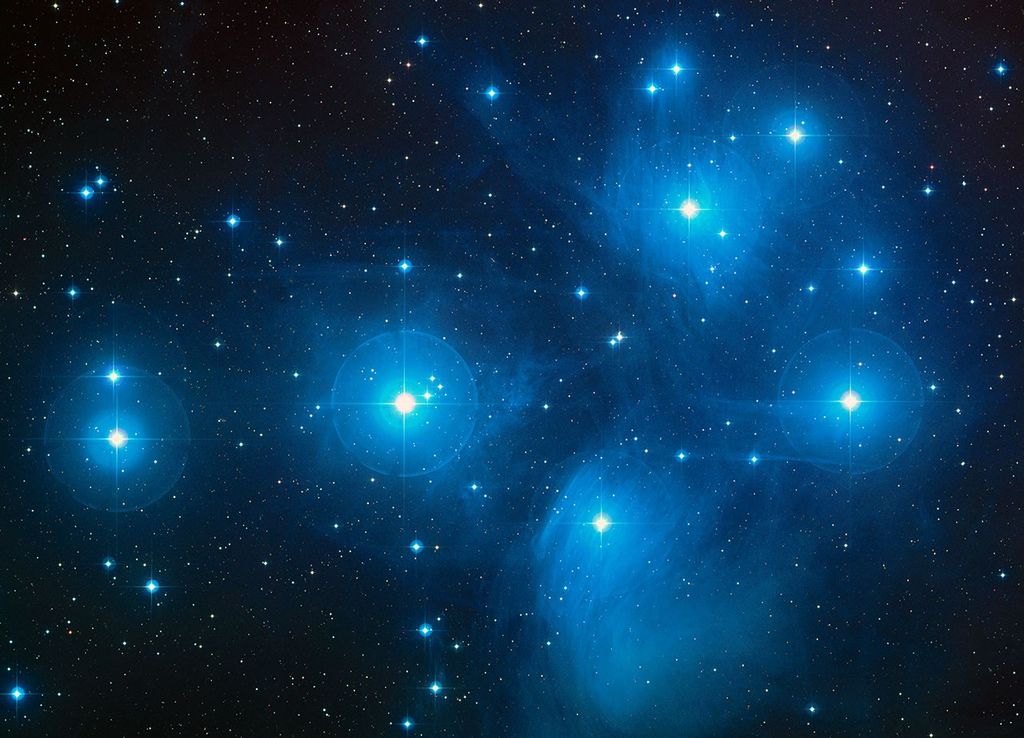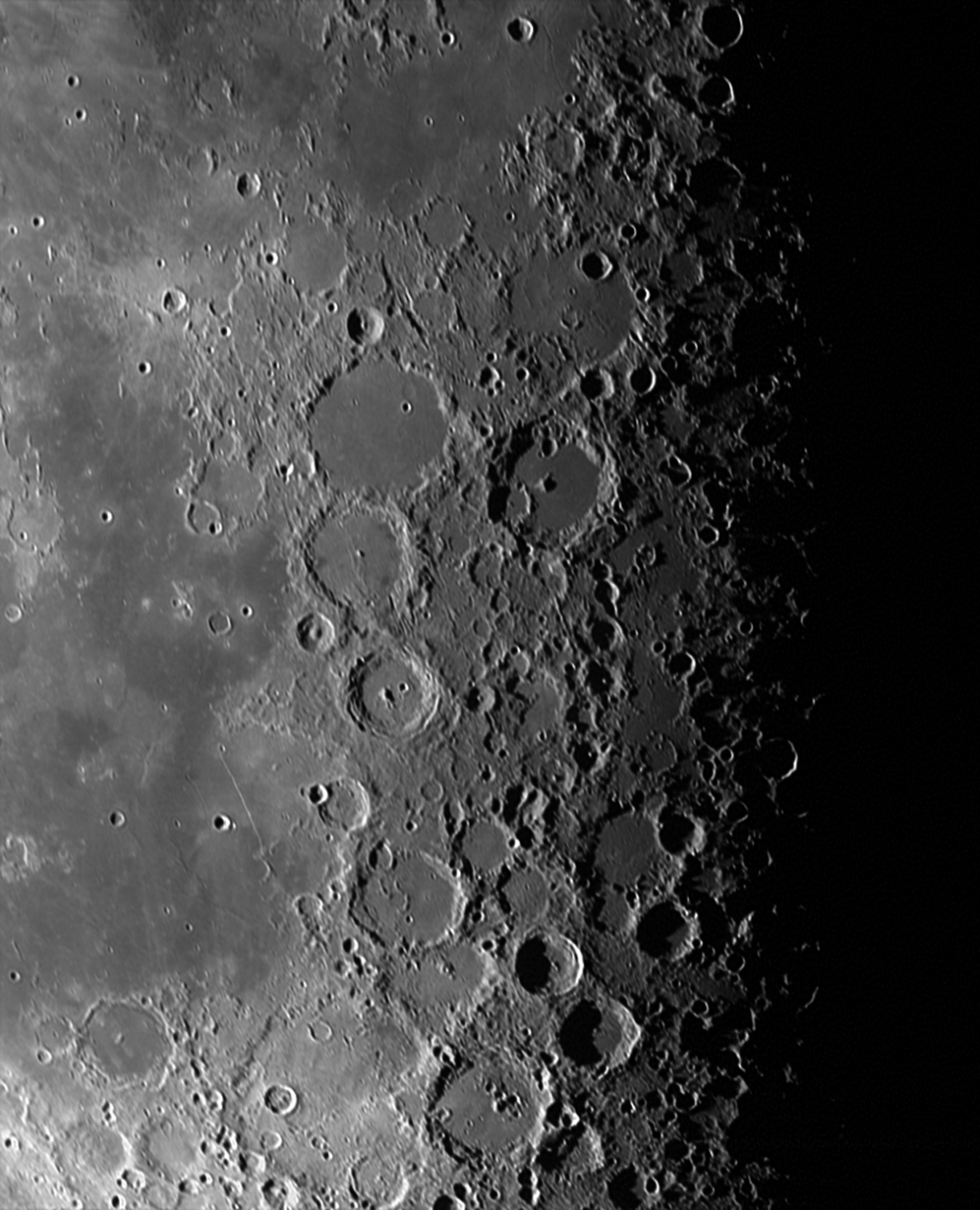1 min read
Planetary Nebula NGC 2371

Probing a glowing bubble of gas and dust encircling a dying star, NASA's Hubble Space Telescope reveals a wealth of previously unseen structures.
The object, called NGC 2371, is a planetary nebula, the glowing remains of a Sun-like star. The remnant star visible at the center of NGC 2371 is the super-hot core of the former red giant, now stripped of its outer layers. Its surface temperature is a scorching 240,000 degrees Fahrenheit. NGC 2371 lies about 4,300 light-years away in the constellation Gemini.
The Hubble image reveals several remarkable features, most notably the prominent pink clouds lying on opposite sides of the central star. This color indicates that they are relatively cool and dense, compared to the rest of the gas in the nebula.
Also striking are the numerous, very small pink dots, marking relatively dense and small knots of gas, which also lie on diametrically opposite sides of the star. These features appear to represent the ejection of gas from the star along a specific direction. The jet's direction has changed with time over the past few thousand years. The reason for this behavior is not well understood, but might be related to the possible presence of a second star orbiting the visible central star.
A planetary nebula is an expanding cloud of gas ejected from a star that is nearing the end of its life. The nebula glows because of ultraviolet radiation from the hot remnant star at its center. In only a few thousand years the nebula will dissipate into space. The central star will then gradually cool down, eventually becoming a white dwarf, the final stage of evolution for nearly all stars.
The Hubble picture of NGC 2371 is a false-color image, prepared from exposures taken through filters that detect light from sulfur and nitrogen (red), hydrogen (green), and oxygen (blue). These images were taken with Hubble's Wide Field Planetary Camera 2 in November 2007, as part of the Hubble Heritage program.
About the Object
- R.A. PositionR.A. PositionRight ascension – analogous to longitude – is one component of an object's position.07h 25m 34.69s
- Dec. PositionDec. PositionDeclination – analogous to latitude – is one component of an object's position.29° 29' 25.6"
- ConstellationConstellationOne of 88 recognized regions of the celestial sphere in which the object appears.Gemini
- DistanceDistanceThe physical distance from Earth to the astronomical object. Distances within our solar system are usually measured in Astronomical Units (AU). Distances between stars are usually measured in light-years. Interstellar distances can also be measured in parsecs.About 4,300 light-years or 1,350 parsecs
- DimensionsDimensionsThe physical size of the object or the apparent angle it subtends on the sky.The image is approximately 1.6 light-years (0.5 parsecs) wide.
About the Data
- Data DescriptionData DescriptionProposal: A description of the observations, their scientific justification, and the links to the data available in the science archive.
Science Team: The astronomers who planned the observations and analyzed the data. "PI" refers to the Principal Investigator.HST Proposal: 11093 K. Noll, H. Bond, C. Christian. L. Frattare, F. Hamilton, Z. Levay, M. Mutchler, W. Januszewski (Hubble Heritage Team/STScI) - InstrumentInstrumentThe science instrument used to produce the data.HST>WFPC2
- Exposure DatesExposure DatesThe date(s) that the telescope made its observations and the total exposure time.November 15, 2007, Exposure Time: 1.8 hours
- FiltersFiltersThe camera filters that were used in the science observations.F502N [O III], F656N Hα, F658N [N II], and F673N [S II]
- Object NameObject NameA name or catalog number that astronomers use to identify an astronomical object.NGC 2371
- Object DescriptionObject DescriptionThe type of astronomical object.Planetary Nebula
- Release DateMarch 4, 2008
- Science ReleaseThe Last Confessions of a Dying Star
- Credit

The image is a composite of separate exposures made by the WFPC2 instrument on the Hubble Space Telescope. Four filters were used to sample narrow wavelength ranges matching the emission of specific chemical elements. The color results from assigning different hues (colors) to each monochromatic image. In this case, the assigned colors are: Red: F673N [S II] + F658N [N II] Green: F656N Hα Blue: F502N [O III]
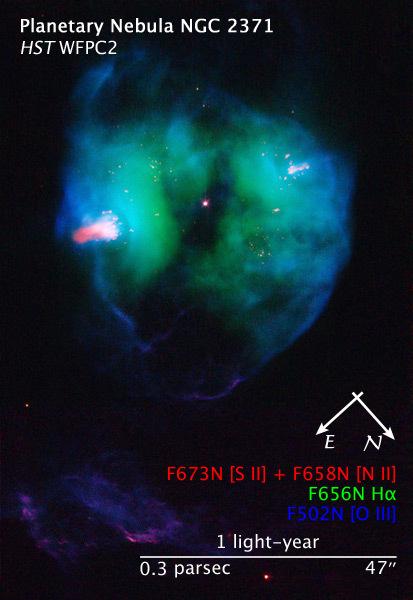
Share
Details
Claire Andreoli
NASA’s Goddard Space Flight Center
Greenbelt, Maryland
claire.andreoli@nasa.gov

